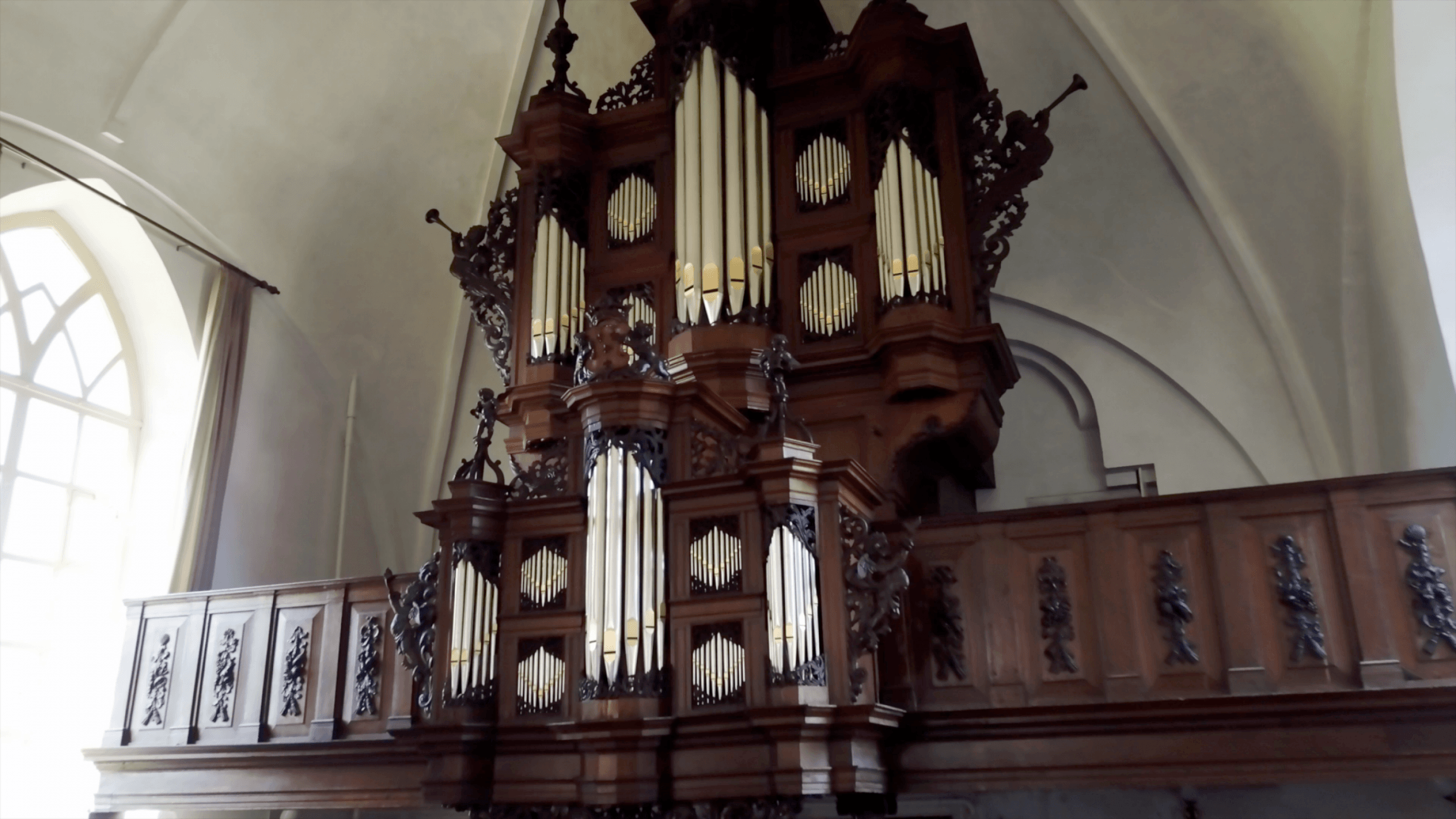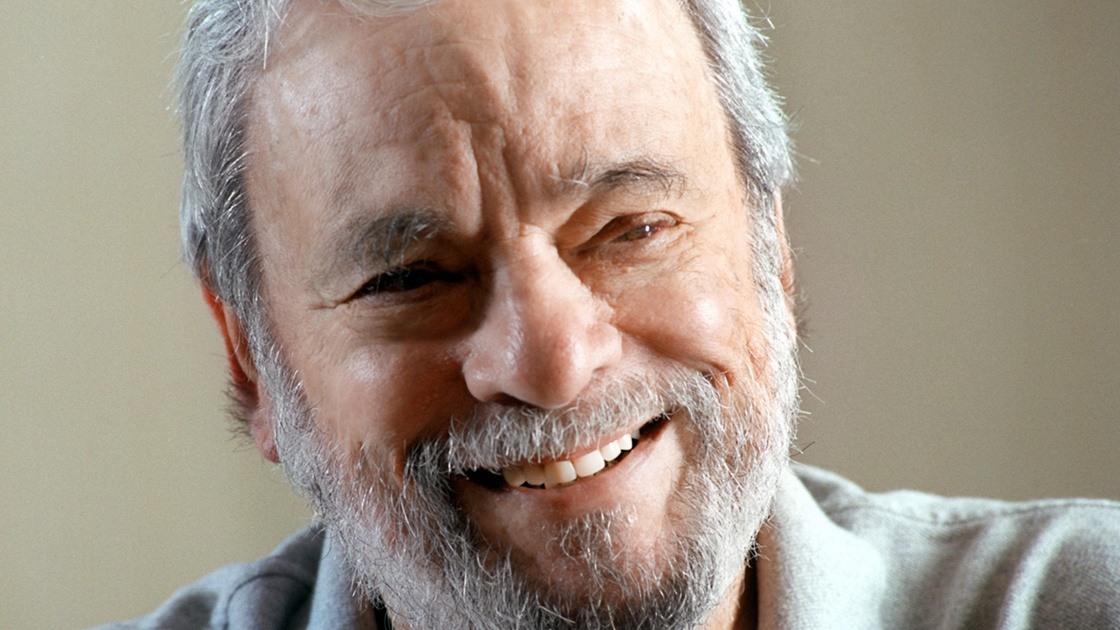Schubert’s “An Die Musik”: An Ode to the Art of Music
An die Musik (“To Music”) is Schubert’s moving ode to the art of music. Composed in March of 1817, the song can be heard as a deeply contemplative prayer of gratitude. The vocal line engages in a canonic dialogue with an equally important voice in the piano’s lower register. The music is gently propelled forward by pulsating harmony. Using the most sublimely simple means, this brief song inhabits a space of dignity …






